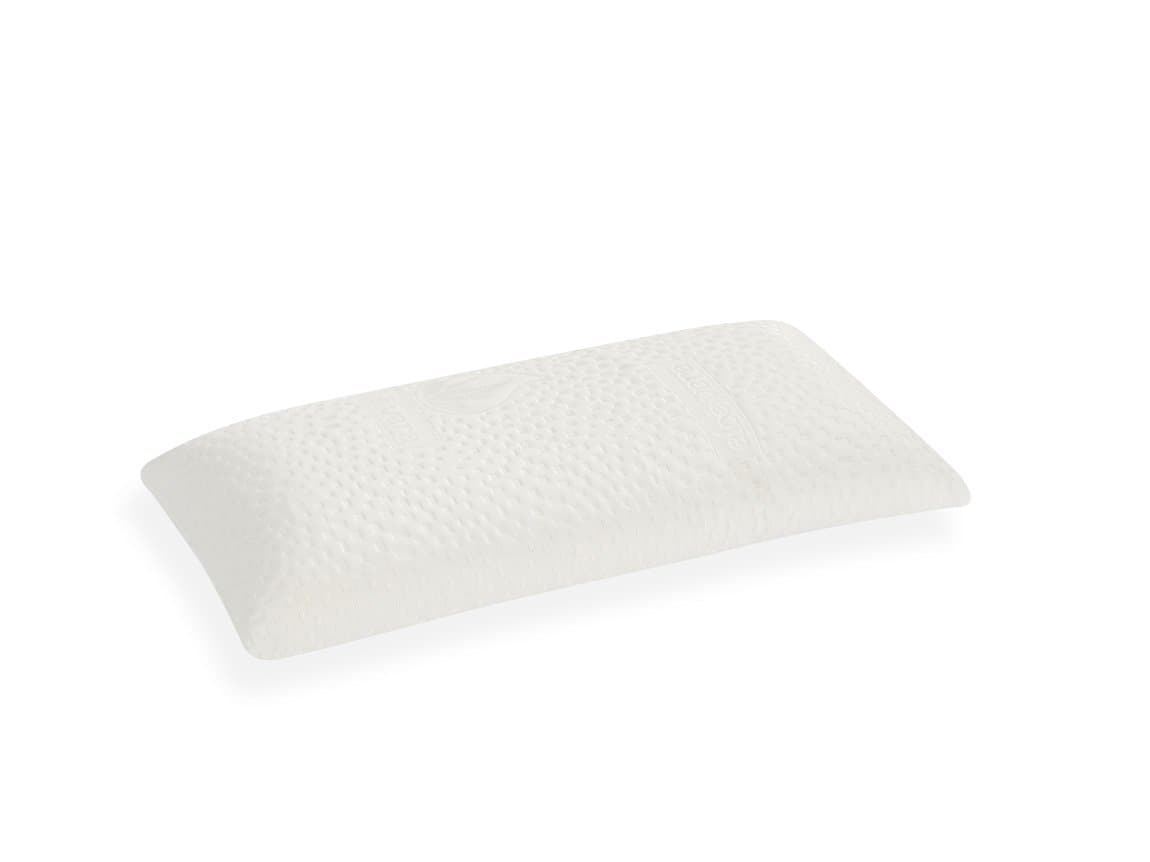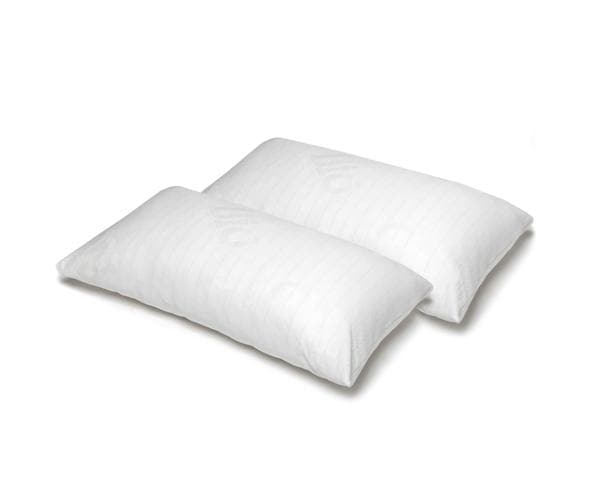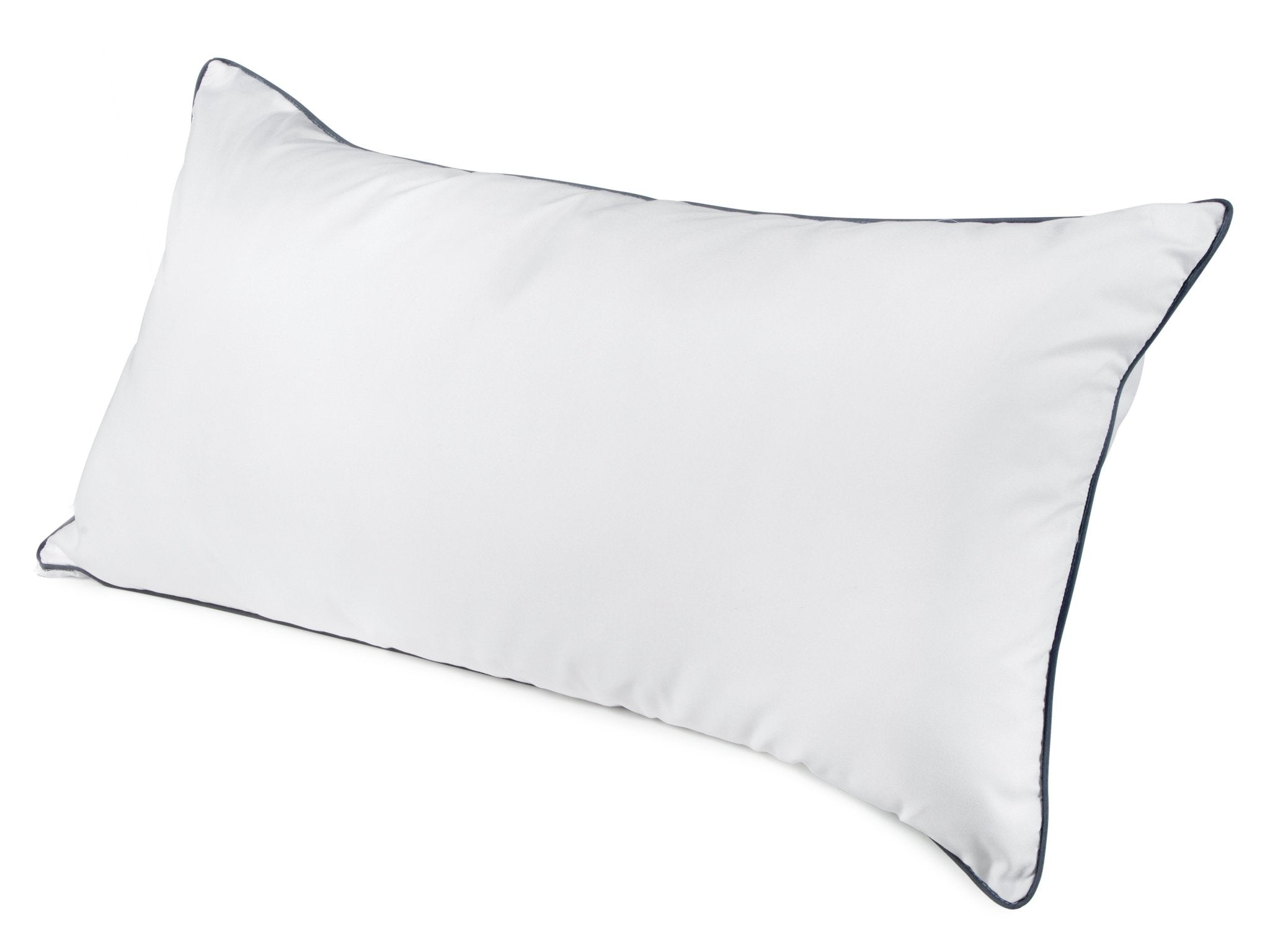
On nights when it seems that the universe has agreed not to let you sleep, the only solution at hand is to search the Internet in search of some useful advice or something relaxing to fall asleep. It is very likely that you will come across ASMR videos.
What is ASMR and how does it work?
ASMR is the acronym for a phenomenon known as “Autonomous Sensory Meridian Response”. The ASMR that we know best are videos of relaxing sounds and images that try to relax, calm anxiety and help sleep the people who watch them.
Those who experience the sensations of ASMR describe it as a kind of tingling or tickling sensation that begins in the scalp and spreads through the neck and spine, even reaching the extremities. This phenomenon has to do with a peculiarity in our nervous system and occurs especially in people who are sensitive to sensory stimuli. Due to its novelty and the scarcity of resources allocated to its study, ASMR remains something unknown that generates more questions than answers to science.
This response of the nervous system is caused by both visual and auditory stimuli that trigger physical and mental sensations in the person who experiences it. Yes, it is true that it is a very personal experience: each person experiences the answers in a very particular way.
There are countless videos with different materials that cause ASMR: contact with rough surfaces, writing with a pencil on paper, the sound of scissors cutting hair, videos with people whispering (these are the favorites on the Internet)… the only thing that relates all of them is their ability to produce relaxing sensations.

Does it work for sleep?
Millions of people choose ASMR as their favorite tool to fall asleep, so it has been proven that it works to sleep in those people capable of feeling this experience.
What is the best way to do this?
- Although it is something very personal that everyone experiences in their own way, the predisposition to feel is very necessary, since if you start with skepticism, it is less likely to happen.
- It is recommended to listen to it with wireless or light headphones, so you can fall asleep comfortably.
- At bedtime, it is better to use only sounds, since images and colors can hinder falling asleep.
- Opt for minimum brightness on the screens to avoid flashes of light that make it difficult to rest and for a low volume that doesn't wake you up.






